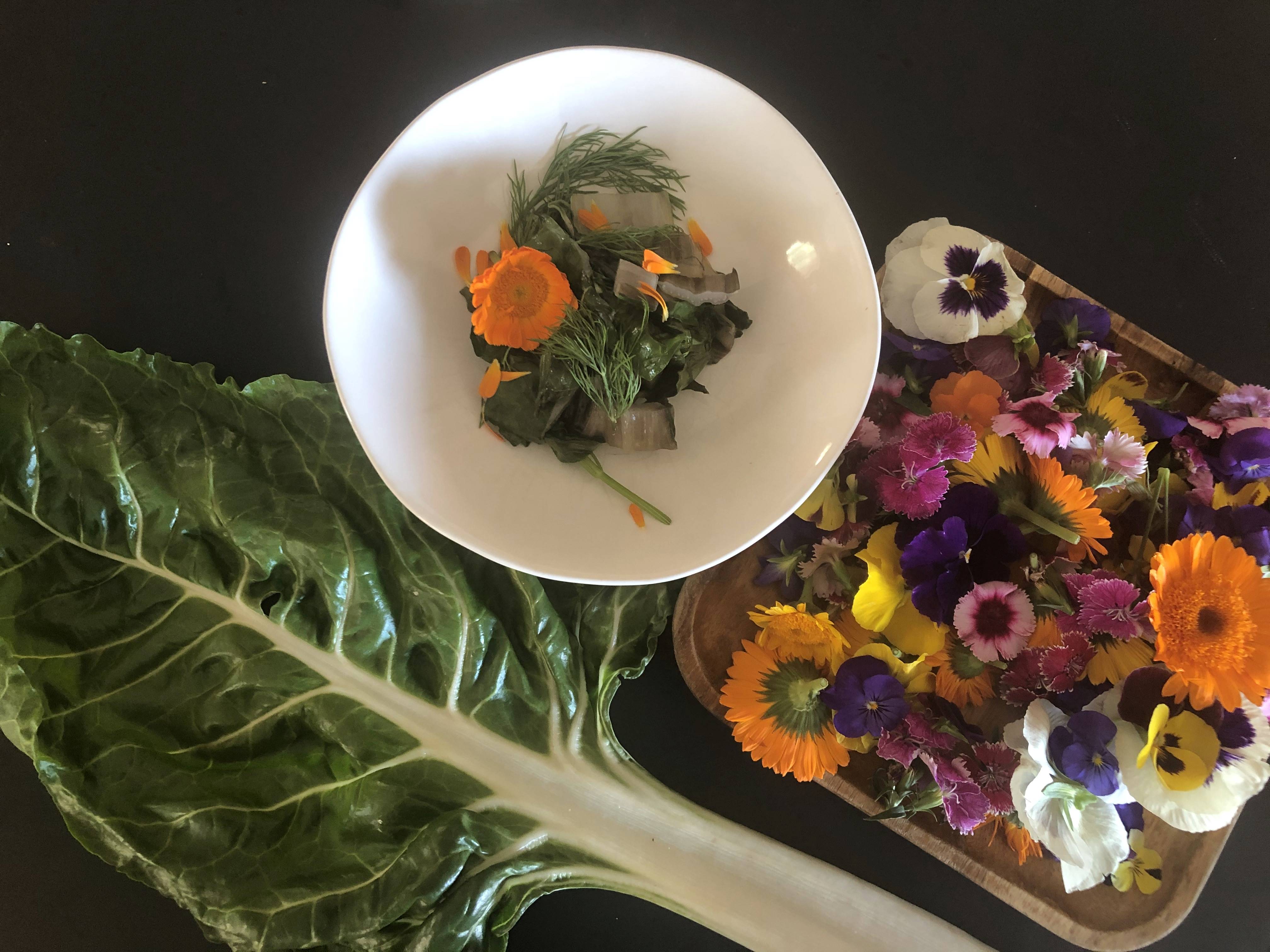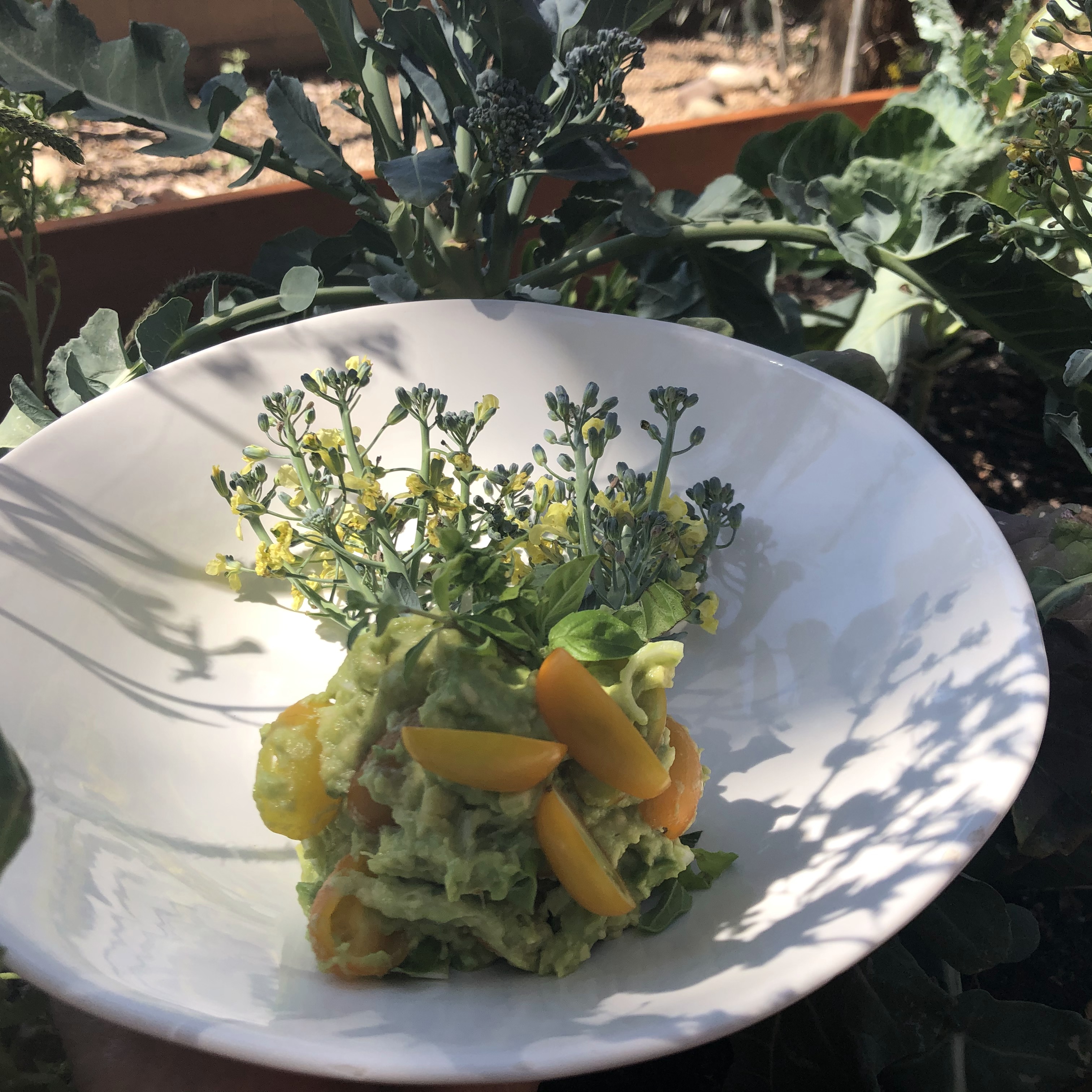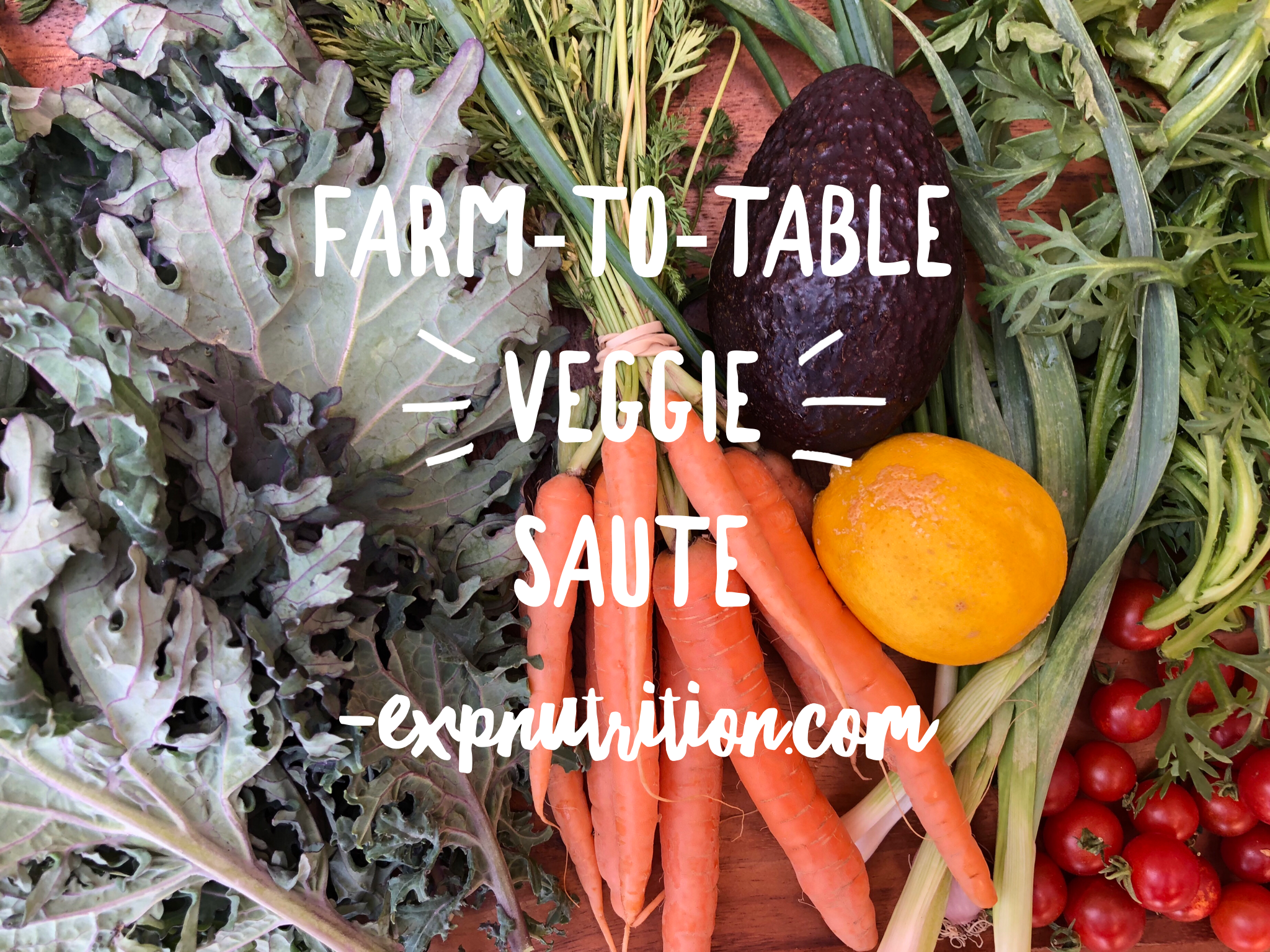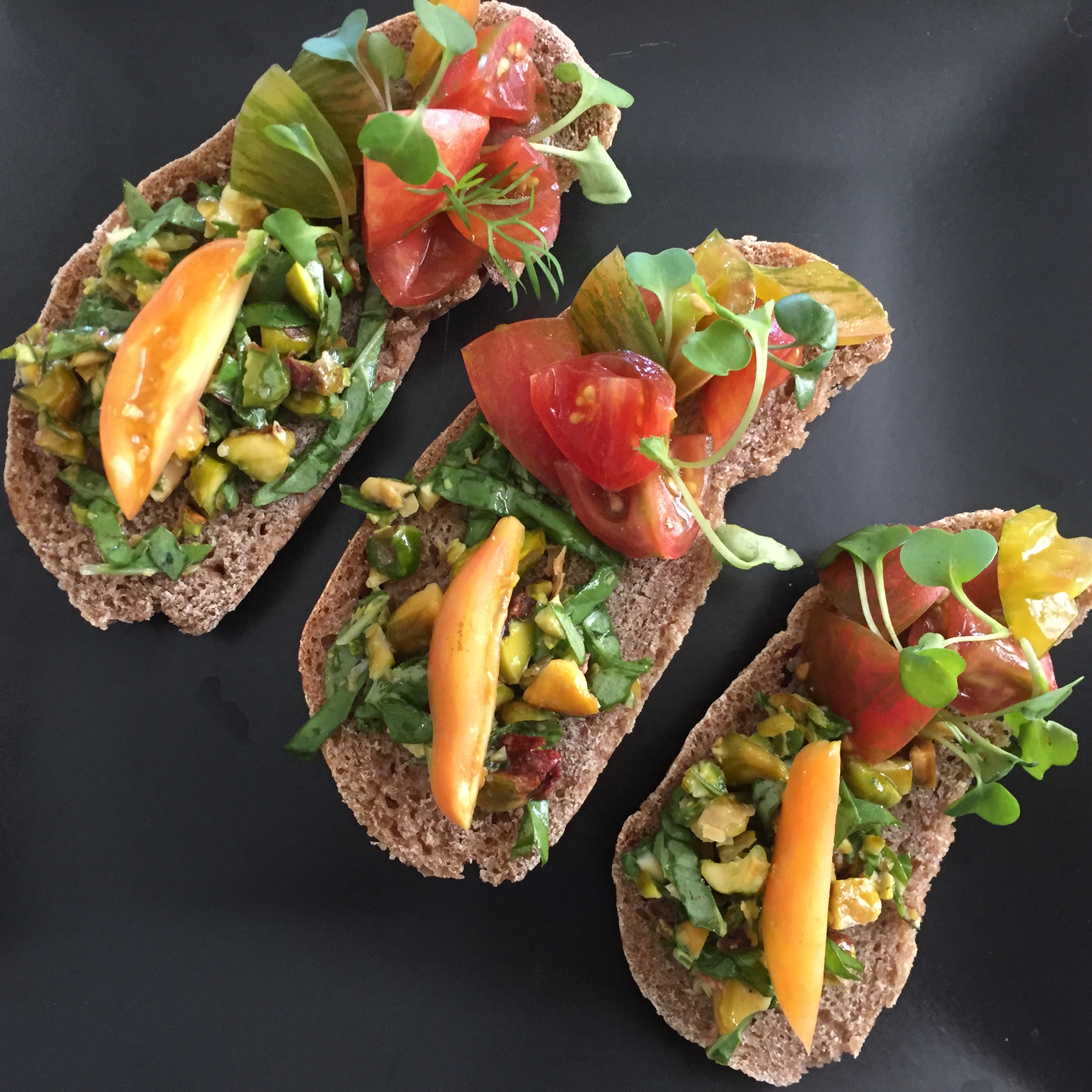When we first started hearing about the coronavirus in the US, I actually started thinking about what foods would be essential to have at home. I realized that they are very similar to my list of “how to stock whole food pantry” in my book “A New View of Healthy Eating” for any time of the year. – Melanie Albert
For a visual of my personal pantry, visit the Experience Nutrition You Tube Channel, and subscribe for future cooking videos.
Learn to Cook. This whole food shopping list is based on staples to be able to cook, simple, delicious meals. Throughout the next few weeks, I’ll share how to use all of these staples. Please feel free to send me a note on my new Facebook Page (Facebook.com/ExperienceNutritionAZ), if you have any specific questions or foods you’d like to learn how to cook, or if you need to make any substitutions, based on what’s available in your area.
Go Slow. I do recognize that we are all at different levels of cooking knowledge and skill levels. If you are new with cooking, buy what you can and feel comfortable from the shopping list. Do not overwhelm yourself. Go slow over the next few weeks to gradually learn some new cooking skills into your life that may last the rest of your life.
Shopping List Guide. I personally use this shopping list as a guide and invite you to shop for what you can in your own area and based on your personal level of cooking. I will be sharing cooking techniques and tips every day.
Key Shopping Categories
Use the Panty Shopping List as a guide for the ingredients to stock your pantry in the following food categories.
- Whole Grains
- Beans & Legumes
- Whole Grains
- Nuts & Seeds
- Extra Virgin Olive Oil
- Seasonings / Sea Salt
- Dry Goods
- Fresh Produce (hopefully your local farmers markets are open)
Whole Grains
Choose a few different whole grains for breakfast and side dishes. Buy a few pounds of each. If whole grains are not available in your local stores right now, or if you’d prefer delivery to your home, I just checked, and they are available online on Amazon (not promoting, just informing). I’ll be sharing a very simple way to cook whole grains perfectly every time, right on the stovetop. I’ll also share how you can enjoy grains for breakfast, lunch, and side dishes, including Veggie Bowls with Whole Grains.
- Brown rice
- Quinoa
- Steel cut oats
- Rolled oats

Dried Beans & Legumes
I totally recommend dried beans as they are much more affordable than canned beans and taste better, as well. Buy a few pounds of dried beans and lentils to be used to make hummus, tossed in a salad, soup.
With our Food & Lifestyle Tips and Videos, I’ll be sure to share with you how to easily cook dried beans. I’ll also share recipes for tasty hummus originally made for the VIP Tailgate Party at the Super Bowl in Miami in 2009, lentil soup, raw chili, and will create other recipe ideas for you.
Experiment with a few different beans and legumes, such as:
- Garbanzo beans (chickpeas)
- Green lentils
- Red lentils
- Black beans
- Pinto
- Kidney
- Tepary Beans (especially if you’re in Arizona)

Nuts & Seeds
Nuts and seeds are rich in protein and healthy fats and can be eaten as snacks, made into nut milk, used in smoothies, toppings in salads, and delicious raw desserts.
Buy a variety of raw organic nuts and seeds, such as:
- Almonds
- Cashews (great for desserts!)
- Pecans
- Walnuts
- Pumpkin seeds
- Sunflower seeds
- Hemp seeds
- Chia seeds (for smoothies)

Extra Virgin Olive Oil
During this time (and always), you’ll need a high-quality olive oil. Recommend: Organic, First-pressed, Cold Pressed. Less than .8 percent acid.
Will be sharing tips on how to make a simple 3-ingredient home-made salad dressing, and different ways to cook veggies using olive oil as flavor. Personally, I use olive oil almost every day and believe it is a must in our kitchen all the time.

Seasonings
The top seasoning is sea salt or Himalayan salt. Salt brings out or enhances the flavor of whatever we cook. I use coarse Celtic sea salt and hand-grind it in a mortar and pestle for cooking.
A few basic seasonings you can use now while we are “at home” and continue to cook with in the future.
- Dried Mediterranean herbs: Combination or separate herbs, such as basil, oregano, marjoram, thyme
- Seeds: Cumin (for hummus and soups)
- Dried Mexican spices: Any kind of peppers, such as chili, ancho, chipotle
- Dried spices: Cinnamon (key); Extras: nutmeg, cardamom

Dry Goods
Other extra foods to stock your pantry.
- Coconut water (for smoothies)
- Vinegar: Any kind for salad dressings, such as balsamic, red wine, rice, apple cider
- Stone-ground mustard (for salad dressings)
- Coconut oil. Virgin, unrefined (for desserts)
- Extras: Olives and goji berries (my favorite extras)
Fresh Produce
Roots
In the Daily Food & Lifestyle Tips, I will be sharing how to cook root veggies a few simple ways: Roast, Steam, Sauté, and even Raw.
- Carrots
- Beets
- Sweet potatoes
- Radishes
Greens & Veggies
We can enjoy nutrient-rich greens in side dishes, soups, and veggie bowls.
- Dark leafy greens: Kale, collards, arugula, spinach
- Broccoli
- Cauliflower
- Celery
- Lettuce
- Tomatoes
- Bell peppers
- Your favorites

Fruit
- Bananas (freeze some for smoothies)
- Apples
- Lemons, limes (important for salad dressings)
- Avocados
- Dates
- Your favorite fruits, for snacking
- Frozen fruit: Mixed or separate berries, such as blackberries, blueberries, cherries, raspberries, strawberries

Fresh Herbs
Purchase a few herbs, available at your local farmers markets or grocery stores. We’ll use the herbs to add flavor to all kinds of veggie dishes. Or, if available, plant a few of your favorite herbs. Side note, here in Arizona, one of our plant-start entrepreneurs is delivering plants, including herbs, to our homes.
- Parsley
- Basil, dill, oregano, marjoram
Shopping List Guide. I invite you to use this shopping list as a guide to shop for what you can in your own area and based on your personal level of cooking. I will be sharing cooking techniques and tips every day.
Cooking Videos. I’ll keep you posted on new, whole foods, plant-based cooking videos on my Experience Nutrition You Tube Channel, so you can actually see how to prepare dishes with the basic foods in the shopping list.
Share on Facebook. Finally, as I mentioned earlier, please reach out to me with any questions on my Facebook page: www.facebook.com/ExperienceNutritionAZ
By Melanie Albert, Plant-Based Cooking Leader, Founder & CEO, Experience Nutrition in Phoenix, Arizona. Award-winning cookbook author, speaker, corporate wellness, team building, retreat leader, and caterer.





























































